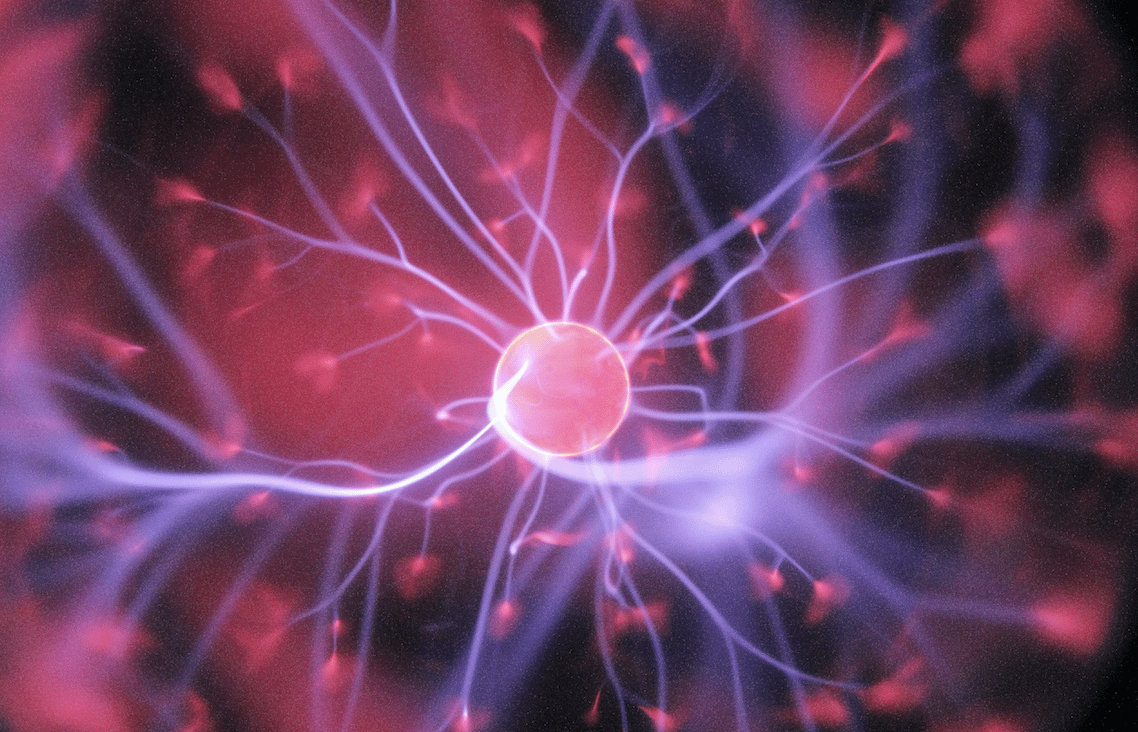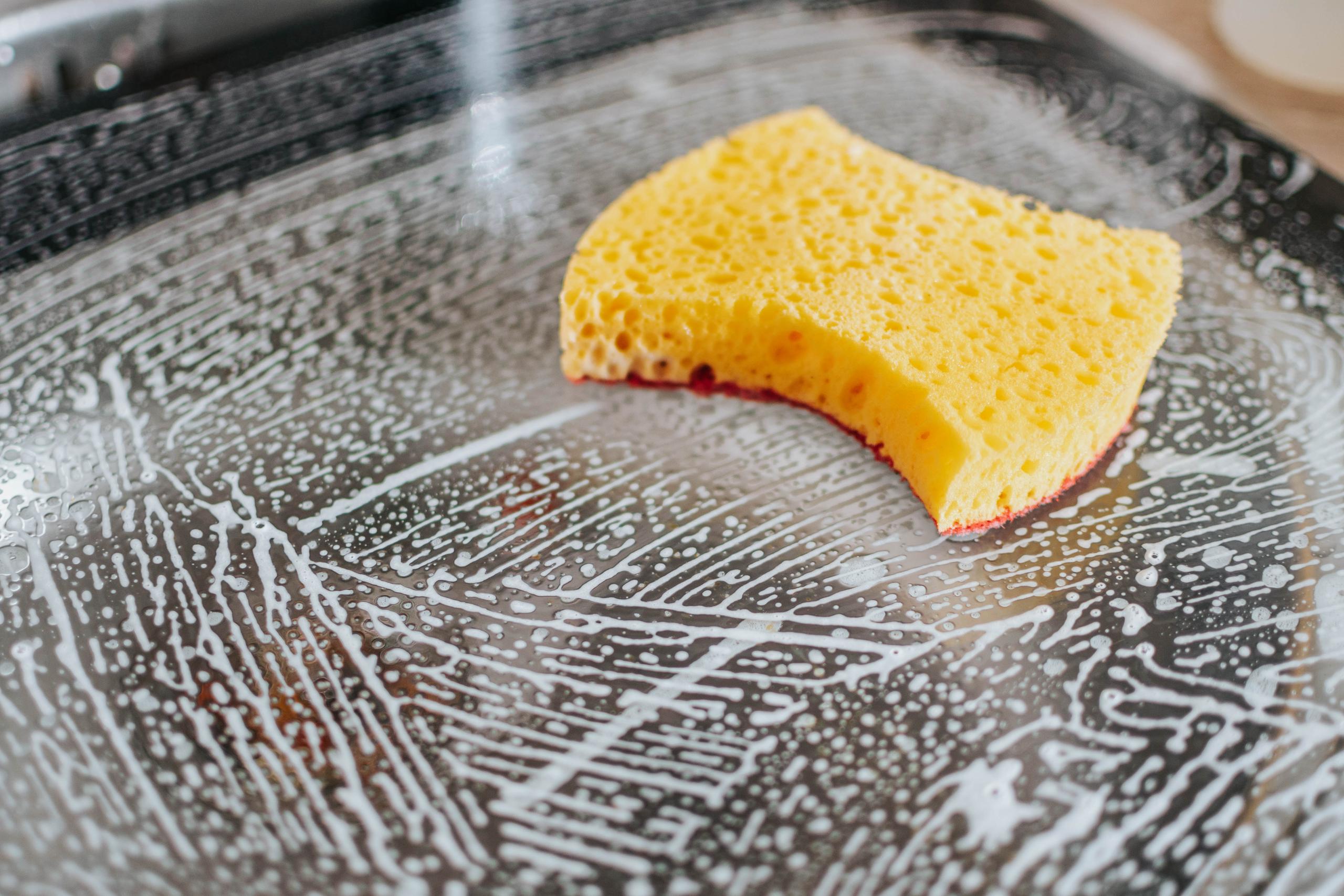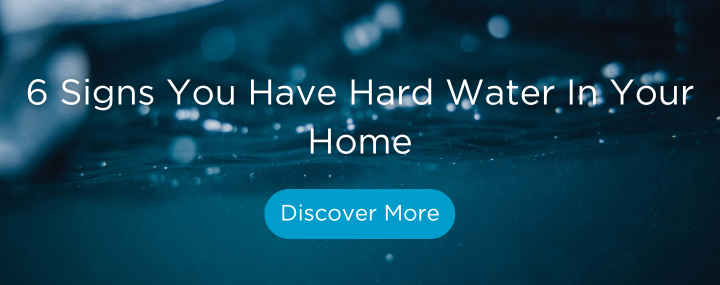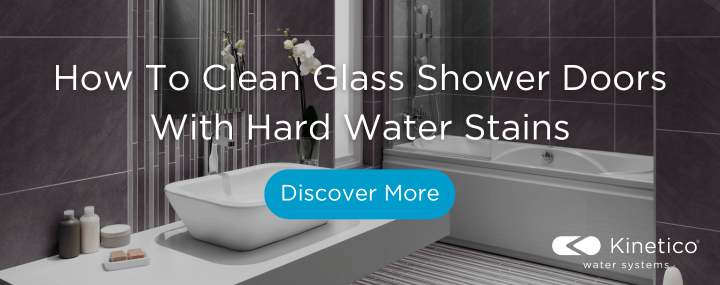Hard water is the main culprit of limescale stains, and, unfortunately, around 60% of the UK is classed as a hard or very hard water area. Although the odds may seem against you, we have a solution, and it’s a good one at that!
In our guide, we’ll explain if installing a water softener will help to remove limescale, as well as how to clean those dreaded soap scum marks from your home before getting one installed.
But firstly, how do you know if you’re suffering from the effects of hard water? Well, if the signs aren’t as obvious yet, our previous guide below can shine a light on how hard water may be affecting your household. From damaged hair to dodgy and unreliable appliances, you’ll get the clarity you need so you can move forward.
How Does Soft Water Remove Limescale?
Hard water is full of minerals such as magnesium and calcium. These excess minerals tend to react badly with soap and other cleaning products, causing what we know as soap scum. These minerals also leave behind a build of small, white, crusty deposits on appliances that come into contact with your water.
In a nutshell, water softeners work by removing these excess minerals, in turn eliminating their effects: limescale, dry hair, and skin irritation. This is done by something called ion exchange, where the minerals (calcium and magnesium) come into contact with ‘resin beads’ in our water softener tank. Thus, with a bit of science, sodium ions are released, resulting in soft water, the dream!


If you’d like to learn more, we go into more detail about exactly how our water softeners work.
So yes, having soft water can certainly prevent limescale from recurring. But you will need to do some cleaning before installing a water softener, as the previous stains left from your hard water will need some attention. But the good news is, this will be the last time you’ll have to dedicate that much time to removing those limescale stains, as once you have a water softener installed, you can say bye to any potential for new limescale to appear!
It’s essential to take the necessary steps to remove the existing limescale from your household. Now, cleaning limescale stains from your appliances is not for the faint-hearted, which we’re sure you’re very aware of – especially if these stains have built up over time.


You do have the option to let the soft water gradually dissolve these existing limescale deposits, but it will take much longer. So you’re better off removing them yourself for the best results, then letting our water softener keep things under control.
We recommend using white vinegar, baking soda, or lemon juice to scrub away the stubbornness of limescale. But remember to use a soft cloth or something that won’t scratch the surface if you’re cleaning glass, such as shower doors – which our previous guide can help you with.
We hope our blog has provided you with some guidance and given you the information you need to finally, once and for all, rid yourself and your household of any more limescale issues!
If you have questions or want to know more, contact us today. Our team of expert guides will be more than happy to assist you.


